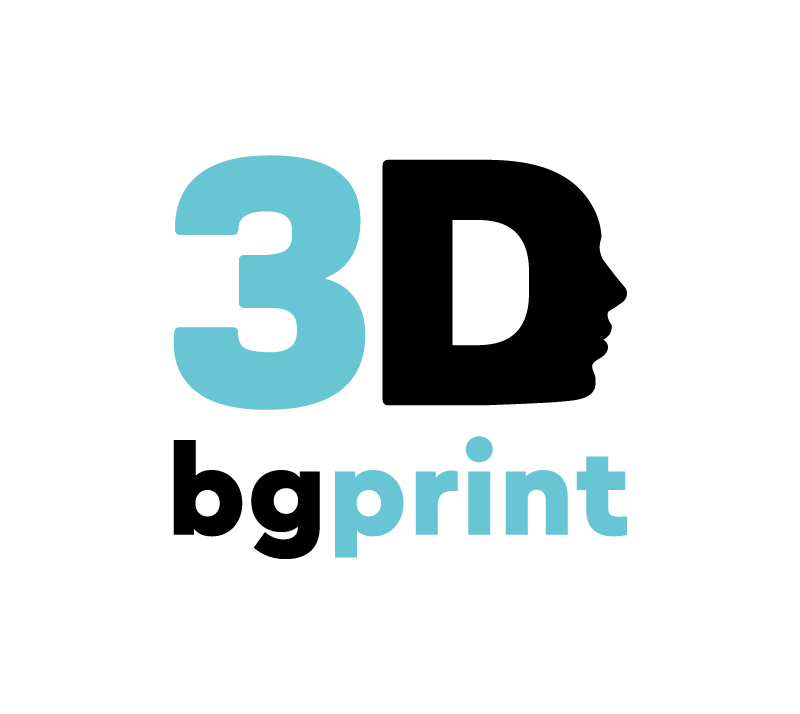Your cart is currently empty!
Perhaps one reason many people think the excitement around 3D printing is overblown is that much of the attention has been focused on printing things like human organs and weapons. At the same time, real innovation in the field could make production much cheaper.
A Chinese company has proven how revolutionary 3D printing can be. WinSun Decoration Design Engineering printed and assembled 10 one-room houses in just 24 hours, writes ComputerWorld. Each building has an area of 65 sq. m. and costs about $ 4,800 to build. What’s more, WinSun used recycled construction waste and cement to create the buildings.
Researchers at the University of Northern California have previously demonstrated the technology for printing walls and entire buildings in just a day. European architects are making houses from 3D printed materials that are expensive and beautifully designed. However, WinSun is the first to show that the technology has practical potential, writes the online publication Quartz.
To create the houses, the company uses four 3D printers that are 6.1 meters high, 10 meters wide, and 40 meters long. Instead of ink, the printers use building material, from which the necessary elements for the construction of the building are made. At the construction site, they are joined together to form a one-room house.
Perhaps more interesting is the substance WinSun uses to make the buildings – discarded construction materials and other waste. And China certainly has a lot of trash that could be used.
The average lifespan of Chinese buildings is only 30 years, compared to 75 years in the US and even longer in Europe. That’s why China generates between 1.6 and 2 billion tons of construction waste from demolished buildings every year. What’s worse is that the country recycles very little of it. Japan uses 95 percent of its trash, while China recycles less than 5 percent.
The use of 3D printing technology can be extremely positive for the environment. Another advantage is that construction costs can be cut in half by reusing materials, says Ma Yihe, CEO of WinSun and inventor of the printer. Ma plans to set up 100 recycling facilities in China to refine materials for his 3D printing projects.
And yet, scale is an issue. The big limitation facing 3D printing homes right now is that you can’t make a wall that’s bigger than the printer. And those prefabricated walls have to be transported somehow from the printer to the construction site.
To solve this problem, WinSun is developing a robot that can print parts directly on site. If this works, printing houses will become even cheaper due to the lack of transportation and labor costs.
Source: http://www.investor.bg/

